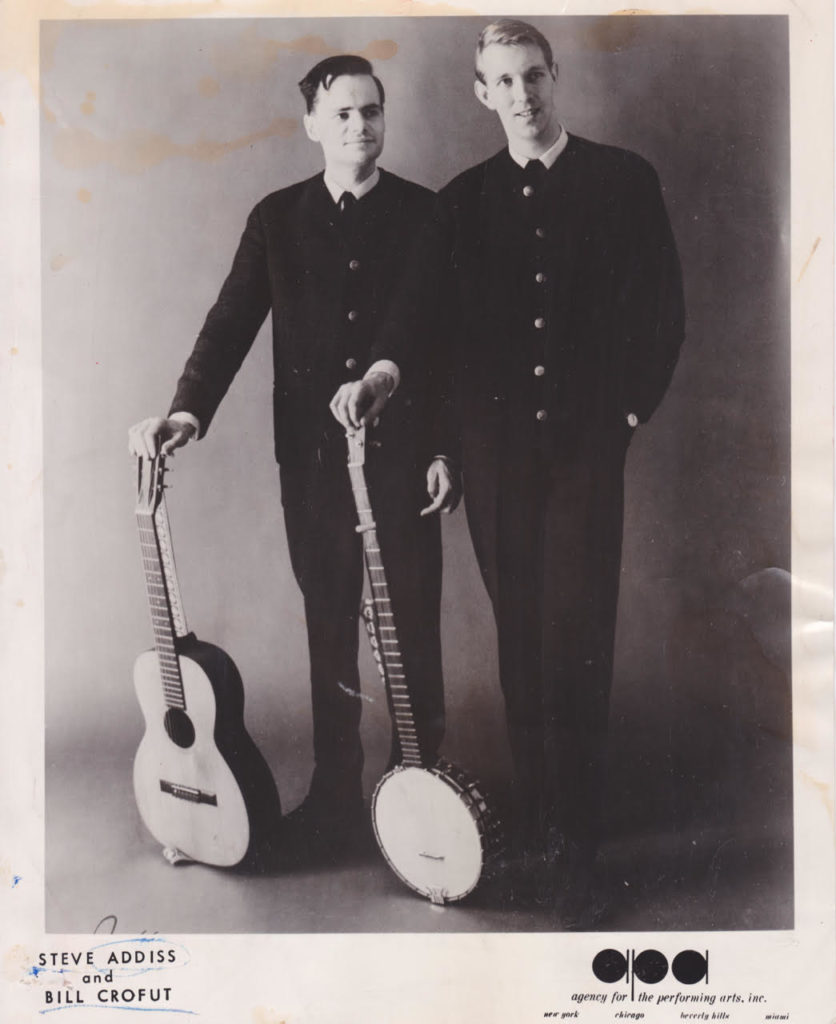There are many others here who knew Steve better and much longer than me, whether as students or colleagues who shared his passion for ink painting and calligraphy, or music and ceramics. Over the years, I’ve had the chance to meet Steve in person only a handful of times—though all were most memorable in an ichigo ichie kind of way—whether at a dinner at a Vietnamese restaurant in Nashville over 20 years ago (where I remember that Steve was somehow able to remember and sing impromptu, along with the waiter, a Vietnamese folksong), at conferences or viewing Zenga and calligraphy in the Met storeroom, or at the Rei Kawakubo / Comme des Garçons exhibition at the Met five years ago. More often Steve and I shared our thoughts on transcriptions or translations of calligraphed poems by emails or handwritten letters. I enjoyed all of Steve’s publications over the years, both popular and specialized, and regularly recommended them to students and docents as eminently readable introductions to various subjects. Writing about calligraphy in particular is always a challenge, since finding a vocabulary to describe abstracted handwriting styles is so difficult, but Steve, often using the metaphors of dance and music, or relying on witty translations was able to bring works to life.
As a curator at the Met, one of my many pet projects has been to help build our collection of Ōbaku Zen calligraphy and painting. And Steve’s pioneering catalogue on the subject, that thin yellow-covered paperback catalogue of 1978, Ōbaku: Zen Painting and Calligraphy, has been a constant companion; and in 2014 he revisited the subject in an essay on “The Art of Ōbaku” in a the catalogue Eat This and Drink Some Tea issued by Paul Moss; and then a few years back I learned so much from his essay in Impressions 41 (2020): “Notes on Zen Calligraphy: The Daitoku-ji and Ōbaku Traditions.” So I was delighted when the Met several years back was able to acquire a portrait of Yinyuan/Ingen with an dynamic inscription by Muan/Mokuan that Steve had owned for over 40 years – the dharma transmission of Zen teachings can continue: https://www.metmuseum.org/art/collection/search/663886
And I was so touched when Steve donated to the Met twelve sheets of tour-de-force calligraphy by Gion Nankai, each demonstrating his mastery of a different style of Chinese brush-writing: https://www.metmuseum.org/art/collection/search/733689 .Our conservators, Masanobu Yamazaki and Jennifer Perry, are almost finished remounting the sheets onto a pair of six-panel gold-leaf folding screens, and I only regret that Steve wasn’t able to see them restored to their former glory.
These and so many other precious memories remain; may Steve Addiss rest in peace.
Sending best wishes and prayers to his family and those close to him,
John
—
John Carpenter
Mary Griggs Burke Curator of Japanese Art
The Metropolitan Museum of Art , T 212 570 3838

